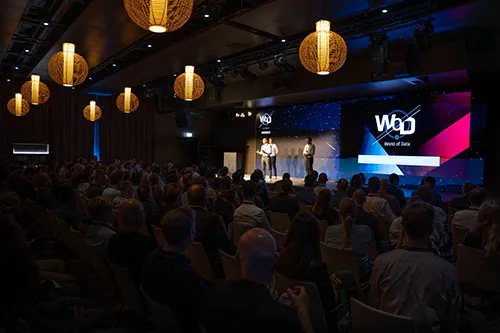Approach
In the first step, the department’s requirements are collected and it is defined what is considered as response to a particular campaign and how this is to be measured. For the VoD industry, e.g. retrieval of a promoted movie via streaming is considered as response, but the extension of a movie package or purchases of a series or movie are also included.
Depending on the reason for the campaign (e.g. newsletter, win back or cross sell), it must also be defined when the retrieval or purchase of a particular movie (so-called hard response) or retrieval or purchase of any movie (so-called soft response) is included in the success measurement. The information on which customer has retrieved which movie at which time should already be available in the internal accounting system and the data warehouse.
If there is no clear campaign code, it is required to establish a connection between the receipt of a campaign and the retrieval of a movie. This connection is established by the campaign or observation period. If an addressed customer retrieves or purchases a movie promptly after the receipt of a campaign during the observation period, this retrieval is measured as campaign success. One can imagine that this is not the ideal approach, as one does not know whether the impulse to retrieve or purchase a movie resulted from the previously received campaign.
In order to avoid this, ideally, a clear campaign code is assigned to each recipient, which may be used to retrieve the movie in order to benefit from an incentive (e.g. promotional code for a free movie in the course of a win back campaign). This code is then used in the course of the success measurement in order to identify particular parameters:
- Number of responders
- Number of retrievals and purchases
- Total turnover of the campaign with movies or series
- Ø revenue per customer
The campaign codes are also an essential component of a complete contact history and should also be used as exclusion criterion for further win back or other campaigns (e.g. exclusion of win back campaign receivers of the last x weeks).
On request, the parameters are provided by a reporting tool; however, the reporting requires previously refined data on which it is based.
This necessarily requires the set-up of a so-called data aggregation (data mart) in which the following data are stored and updated on a regular basis (e.g. overnight):
- Campaign control data (type and period of the campaign, code, offers, channels etc.)
- Response data (hard and soft responses per customer and channel)
- Contact history (per customer and channel)
- Customer data (customer number, possibly customer characteristics at the time of the campaigns, such as e.g. locked)
In the data mart, certain parameters are calculated in advance in order to reduce the request time of the reports to a minimum. This includes, for example, the price per retrieval * number of customers in the campaign period or the calculation of the so-called lift (relative difference of the response quota between test and control group)
By means of the reporting front-end, the department is then able to compile the parameters and reports itself as needed, in a flexible manner and then e.g. dispatch them to further departments via e-mail.



















